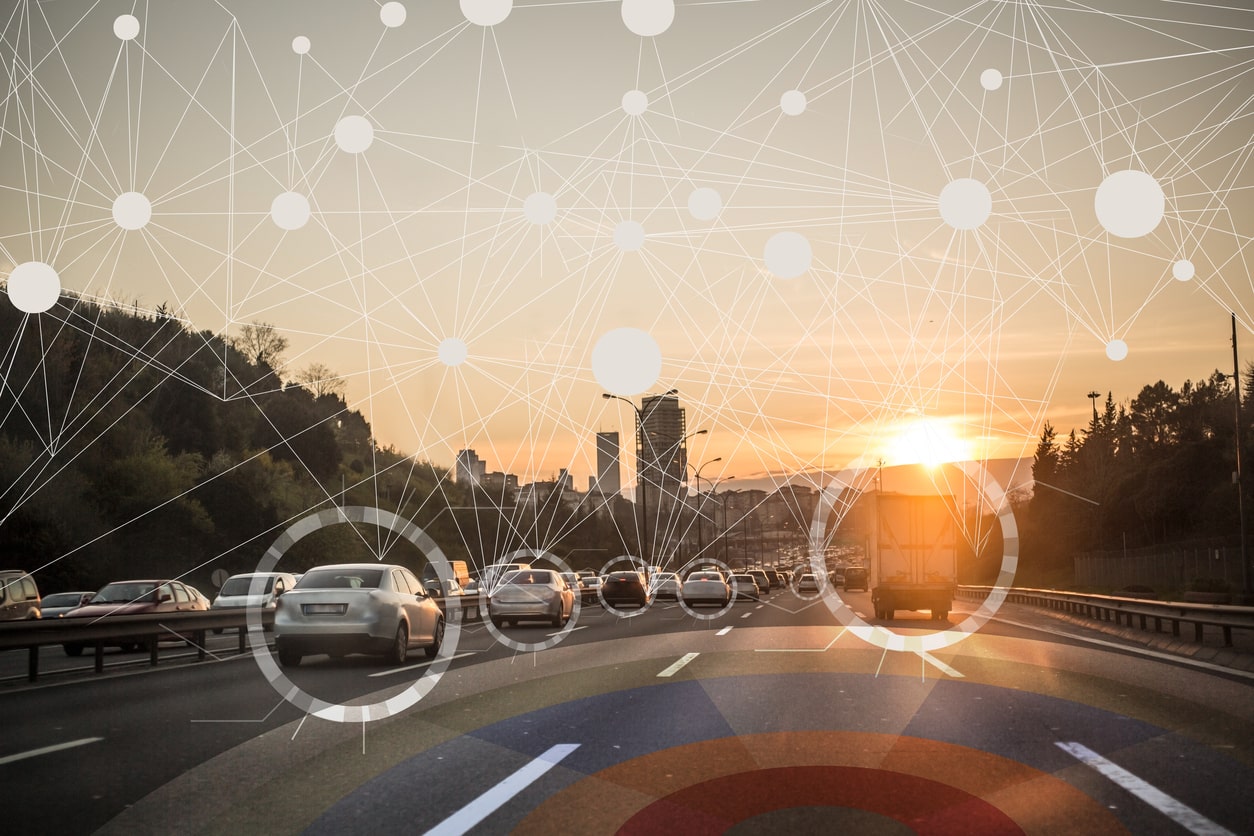
In March 2018 a pedestrian was struck and killed in Tempe, Arizona when a self-driving Uber vehicle failed to apply the brakes to avoid a bicyclist. The accident happened at night on an empty road. How could this have happened? Surely auto makers tested their vehicles thoroughly before putting them out on the roadways?
Various companies have been doing trials of self-driving vehicles all over the world. The technology is nowhere near perfected yet and is not ready for real world experiences. Self-driving vehicles have difficulties when there is inconsistent signage, high speeds, inclement weather, construction or recent roadway changes. There is no end to real world obstacles and experiences that are problematic for self-driving vehicles.
We already have some self-driving vehicles on the road. Some vehicles issue lane warnings and may momentary intervene in the driver’s driving to assist in situations such as braking or parking. These vehicles however have no sustained vehicle control. True self-driving means self-governing.
Presently, some automated vehicles share control of the vehicle with a driver. The driver controls the steering, but the vehicle controls the speed. Parking assists may be automated; braking may be assisted; but in these situations the driver must be ready to take full control of the vehicle at all times.
The next level of automation will be when a driver can safely turn his or her attention away from the driving task. In this situation a driver could text or do other activities like watching a movie while the vehicle will handle situations including emergency braking. The driver must still be prepared to intervene. There are some test vehicles at this level, but this type of car can only effectively operate in slow moving traffic and on highways with physical barriers separating the levels of traffic. We are not there yet in the real world.
A further level of automation will occur when no driver attention is required at all. The driver could even go to sleep or leave the driver’s seat and the vehicle could operate entirely on its own except under certain circumstances. In those situations the vehicle will park itself to allow the driver to take control during the emergency. The final level is a truly automated vehicle where no human intervention is required at all. In these situations no steering wheel would be needed in the car.
While some of the automakers have vehicles in the first two hands-on categories, these vehicles are clearly not self-driving and require a significant amount of driver involvement. The only truly self-driving automated vehicles are still restricted to some very small testing groups, in very limited circumstances, which generally involve closed areas with pickups and drop offs only.
While it is projected that over 10 million autonomous automated vehicles will enter roadways by 2020, many of these vehicles are not targeted to consumers on regularly travelled roadways; rather, they have been developed for shipping and for use in closed areas only.
Totally driverless personal automated cars still have trouble handing many aspects of everyday driving. For the foreseeable future, cars will still have steering wheels and brake pedals. Accordingly, while the fully automated car of the future is coming, it is not coming any time soon.
In the meantime, as semi-automated driverless vehicles increasingly enter the marketplace before being completely perfected, accidents can and will happen. Victims of these accidents should consult with a knowledgeable and experienced personal injury lawyer. Whether it is an equipment malfunction or poorly designed instructions on how and when to operate the vehicle that result in misuse, a qualified personal injury lawyer can identify how a manufacturer’s negligence may have contributed to a victim’s accident and injuries and what kind of claim for compensation and damages is justified.
We at Howie, Sacks & Henry have decades of experience in handling all manner of personal injury claims, including product and manufacturer’s liability. If you have been injured, please contact me by calling (416-361-0889) or e-mail me at mjhenry@hshlawyers.com. I would be happy to answer all of your questions.
Personal injury lawyer, Michael Henry is a Founding Partner of Howie, Sacks & Henry. Mike’s practice focuses on exclusively on personal injury law and includes the areas of: Motor Vehicle Accidents; Car Accident Benefits Insurance Claims; Slip and Fall Claims; Long-Term and Short-Term Disability Claims; and, other facets of personal injury litigation, such as recreation/sports injury claims, motorcycle accidents, boating accidents and wrongful dismissal matters. Mike is ranked by his peers in Best Lawyers, and is certified as a Specialist by the Law Society.






